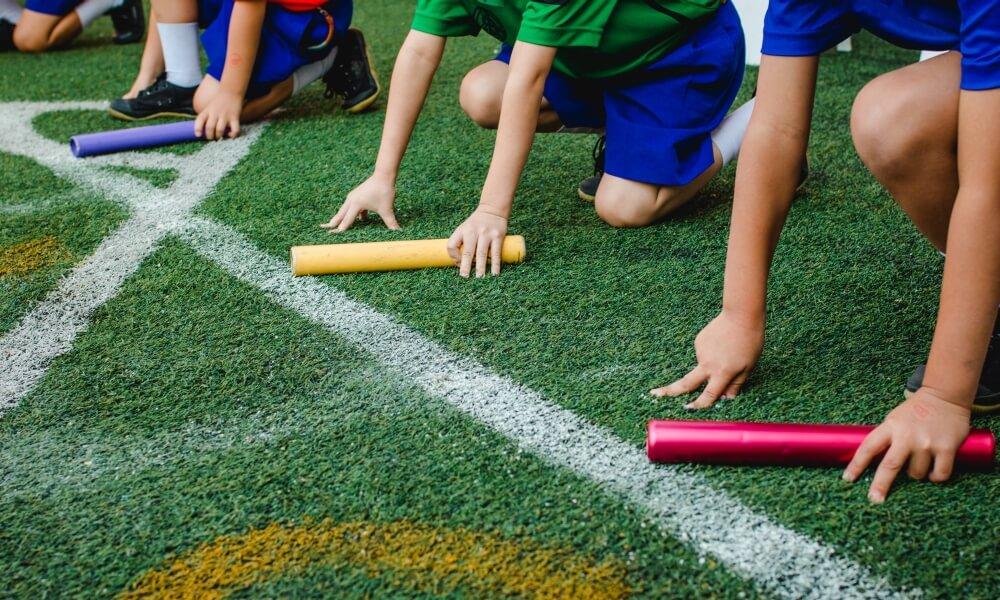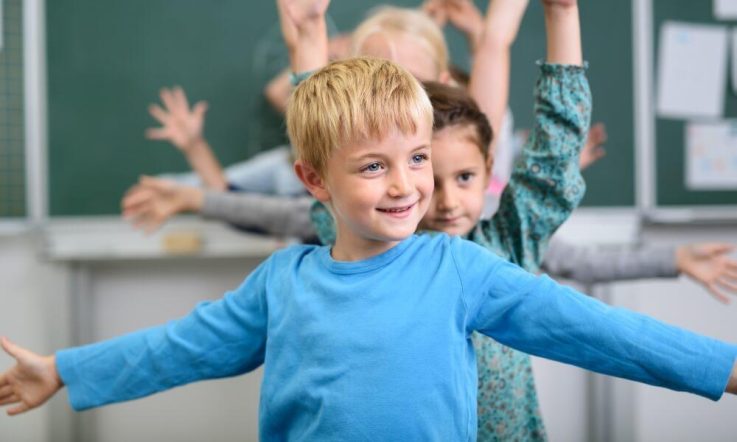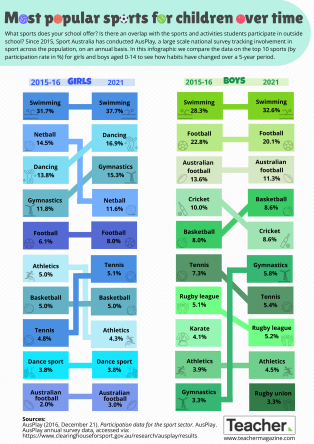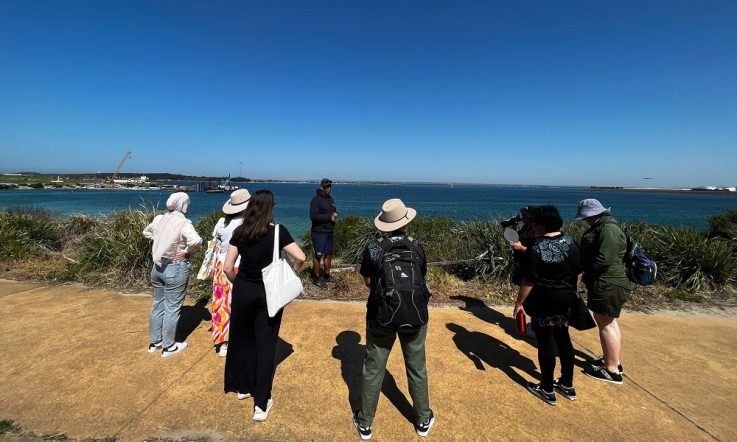Sport has long been a point of national identity in Australia. Individuals that reach the height of their game – such as those at the 2024 Paris Olympics and Paralympics – are seen as role models for Australians with similar lofty dreams. Dreams that often start from a young age.
Many of us clearly remember (fondly or not) our school sports days and the houses we were split into. Used to instil identity and community, and foster competition, they have been a feature of Australian schools and sports days since the 1900s. But who (or what) are those houses named after? And what does it say about what we value and aspire to?
A new study by researchers from the University of the Sunshine Coast sheds light on school sports house names in Queensland High Schools, how those names have changed over the years, and what that might say about attitudes over time. Senior Lecturer in History Amy Clarke and PhD Candidate in History Kate Kirby share their findings in the Journal of Australian Studies (Clarke & Kirby, 2024).
The history of sports houses in Australia
School sports houses were spread from British to Australian private schools in the 1900s and expanded into Australian public schools in the 1940s–1950s.
During this time, say the researchers, ‘sport and physical education were being used in Australia to “promote a sense of nationalism” and induct waves of postwar migrants into “the nation’s sporting culture”.’
It is no surprise then, that school sports houses were often named after people that were deemed to promote qualities and values that Australians should look to emulate.
School sports house names in 1969
In 1969, most school sports houses were named after people prominent in science (including explorers), education, public service, and religion.
There was, however, several houses (71, or 11.3%) named after landforms – in line with what the authors say was ‘a period when public perceptions of Australianness were shifting away from British symbols…’
Notably, the research found that there was a strong divide between house names in public and private schools. ‘Private schools dominated the Education and Religion house-name categories, with 88.51% and 100% of those names in use, respectively.’
This differed from public schools at the time which, unable to use religious namesakes, turned to ‘colonial explorers and administrators, such as Captain James Cook (13 houses), Assistant-Surveyor of New South Wales Edmund Kennedy (10 houses), explorer Ludwig Leichhardt (8 houses), and the ninth premier of Queensland, Sir Samuel Walker Griffith (4 houses).’
How names have changed over time
Clarke and Kirby say, ‘when we look to the 2023 data, little has changed with the private high school naming traditions.
‘Religion has become the most common type of sports house name, and … Education has remained popular as the third most common type of house name...’
However, they add that ‘The most remarkable change … is that houses named after sportspeople had risen dramatically in popularity.’
They found that, in 1969 just 10 houses were named after sportspeople – 7 of which were named after men. In 2023 that figure has had risen to 115, with houses named after women athletes approaching gender parity (51 of the 115 houses).
‘[This is] indicative of the desire of schools to provide schoolchildren with a greater diversity of role models.’
It is worth noting, however, that these changes are not reflected in all schools. In all-boys schools, for example, over 90% of houses remain named after men, with only a little over 5% being named after women.
‘House rebranding is the exception rather than the rule’
While there have been some shifts in house names, the data show there has also been a lot of consistency. ‘Over time [school sports houses] take on a commemorative nature, ensuring that generations of children, their families and the broader community continue to acknowledge them as the best, most indicative, or most admirable representations of the collective “us”,’ the researchers write.
This historical, and ongoing, sense of identity may be a reason as to why schools hold onto certain names that may not always be reflective of current times or identities.
‘Given the public debates around colonial-era figures such as Captain Cook that have occurred in recent years … we expected the popularity of colonial-related house names to have declined significantly. Upon scrutiny, it appears that 12 of the high schools that used the names of colonial explorers in 1969 have since replaced these with non-colonial-related names. However, five other high schools have swapped their non-colonial names from 1969 for colonial explorer names…’
Why names matter
Clarke and Kirby note that ‘The public figures (e.g. colonial explorers, sportspeople, educators), objects and motifs (e.g. animals, landscapes) that are commonly chosen as house namesakes and mascots are markers of local, regional and national identity, selected for their ability to represent qualities or ideas believed to be valued by house teammates.’
‘Some of the findings … indicate that there is a need for schools to reflect on the messages their sports houses might be projecting to their students.’
References
Clarke, A., & Kirby, K. (2024). High School Sports Houses as Identity Primers: Constructing Queensland and Australian Identities, Journal of Australian Studies. https://doi.org/10.1080/14443058.2024.2369510
At your school, do house names reflect your community and project the values you want them to? How were the house names at your school chosen? How often are they reviewed and, if they are, who is involved in this process?



